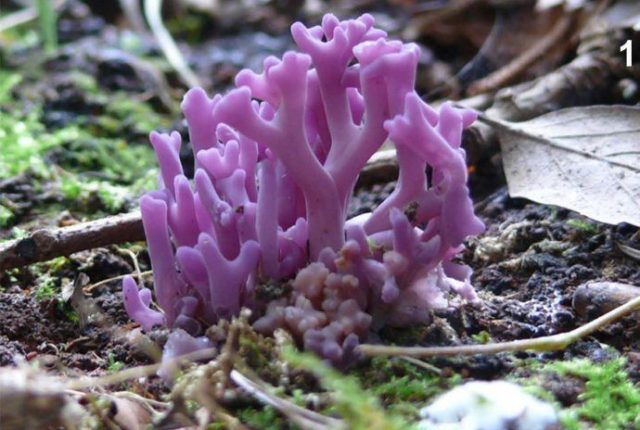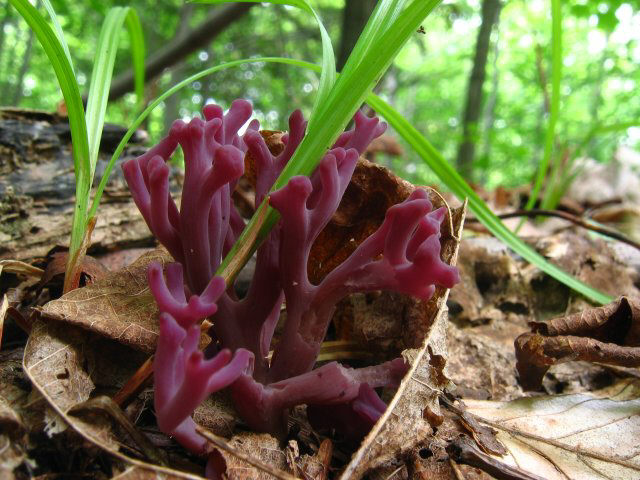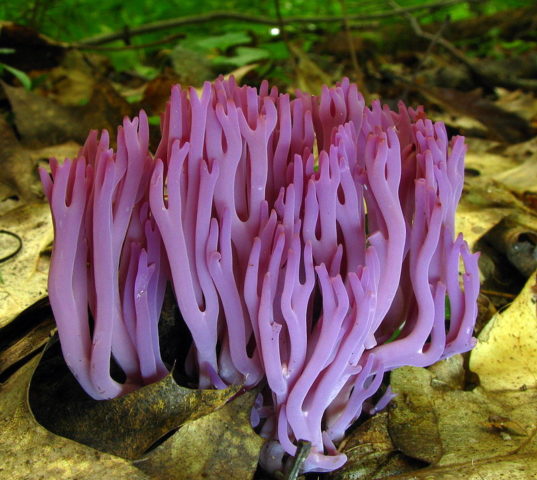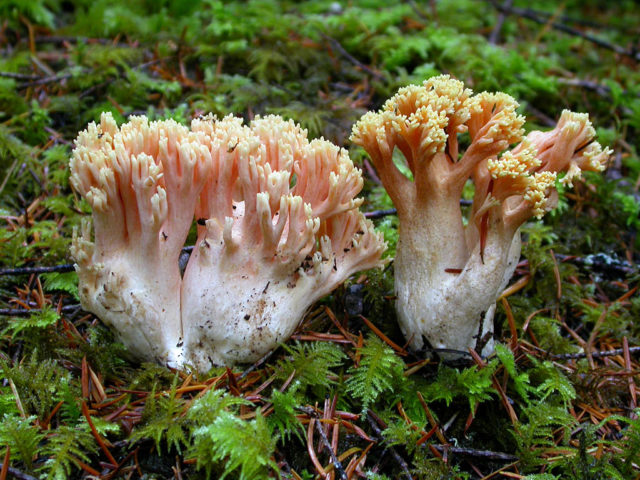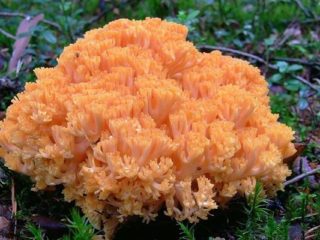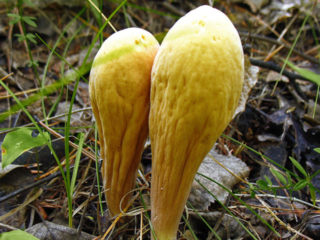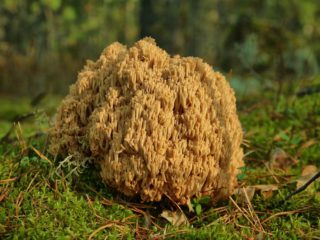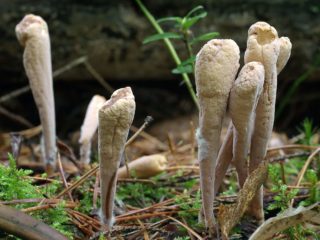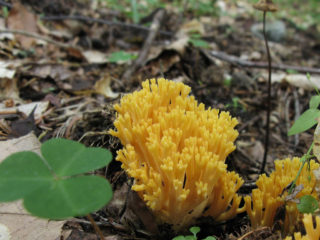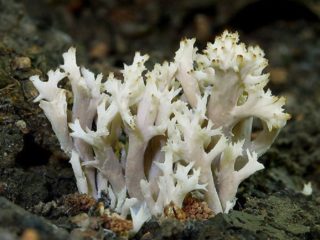Content
Amethyst hornet (Clavulina amethystina, amethyst clavulina) is completely different in appearance from standard mushrooms. The unusual beauty of the coral body is simply amazing. The representative of wildlife lacks caps and legs, and the fruiting body is represented by branched tubes. The closest relatives, surprisingly, are chanterelles.
Where do amethyst hornets grow?
Mushrooms with a surprising name are common in temperate climates. They grow in moist deciduous and coniferous forests. But most often they are found in birch burrs. They prefer rotten tree debris, bark, damp moss or clearings where lingonberries grow.
Clavulina is located singly or forms colonies in the shape of a braid. Therefore, harvesting is not difficult; from one small clearing you can fill a whole basket.
Fruiting begins at the end of August and continues until October, when other mushrooms have already left.
What do amethyst hornets look like?
This representative belongs to the conditionally edible mushrooms of the genus Clavulina. To learn to distinguish it, you need to read the description.
The fruiting body is represented by branches similar to horns, hence the name. Height - 2-7 cm, width - about 4 cm. Vertical branches go to the base, so from a distance it seems that coral bushes have blossomed on the ground.
The color palette of clavulina is varied. There are lilac or brownish-lilac specimens. Young fruiting bodies are distinguished by smooth, cylindrical branches. In a ripe mushroom, they are wrinkled (longitudinal grooves appear), with denticles or rounded tops.
Among the amethyst hornworts there are representatives with and without legs. They are so short that the fruiting bodies appear to be sessile. The dense base of the stem is lighter in color than the fruiting body.
The mushroom attracts with its dense, fleshy, sometimes crispy pulp. At the very beginning of development it is white, but gradually changes color. In an old mushroom it is exactly the same as the surface. Fruit bodies do not differ in organoleptic characteristics. In other words, they do not have a specific aroma that is perceived by the human senses.
The spore powder is white and has the shape of a wide ellipse or ball. The surface is smooth. Dried spores acquire a purple tint and do not differ in smell or taste.
Is it possible to eat amethyst cattails?
Amethyst horns are of unusual shape and color, but quite edible; they are classified in the fourth category. But few Russians risk eating such a forest product. But Bulgarians, Czechs and Germans are very fond of amethyst cattails, they can even eat them raw.
Young fruiting bodies can be eaten while they are still smooth and without wrinkles.
Taste qualities of the amethyst horned mushroom
As a rule, forest representatives of the fungal kingdom are often found by a specific smell. The amethyst hornet differs neither in taste nor in aroma. Such fruiting bodies are not for everyone. They taste a little bitter.
False doubles
Like any mushroom, the amethyst hornet has its counterparts. Moreover, some of them are not harmless.
One of them is pale brown clavaria. They are similar in shape and appearance, but you can distinguish the double due to its pungent odor, reminiscent of radish. In addition, clavaria grows only in moss and is inedible.
Inexperienced mushroom pickers can also confuse the beautiful Ramaria with the amethyst hornet. You need to be careful because this species is inedible and poisonous. Eating straws can lead to intestinal upset.
Collection rules
From August to October, mushroom pickers begin a quiet hunt for the last autumn mushrooms, similar to amethyst coral bushes. The cylindrical branches are very fragile, so they must be collected carefully. Fold separately. Use a sharp knife for cutting.
Use
Oddly enough, amethyst hornet is little known to Russians, although it grows in many regions. They simply don’t pay attention to them, despite the fact that the cattails are conditionally edible. Most often, fruiting bodies are dried, boiled and sometimes stewed.They are not consumed separately, but added little by little to other types. Mushroom soup turns out very tasty.
Conclusion
Amethyst hornet is a mushroom of unusual shape and color. The purple fruit body is quite edible, but without a specific mushroom aroma and taste, it’s not for everyone. Apparently, this is why they do not pay attention to amethyst mushrooms, preferring the well-known boletus, boletus, boletus, milk mushrooms and other fruiting bodies.
